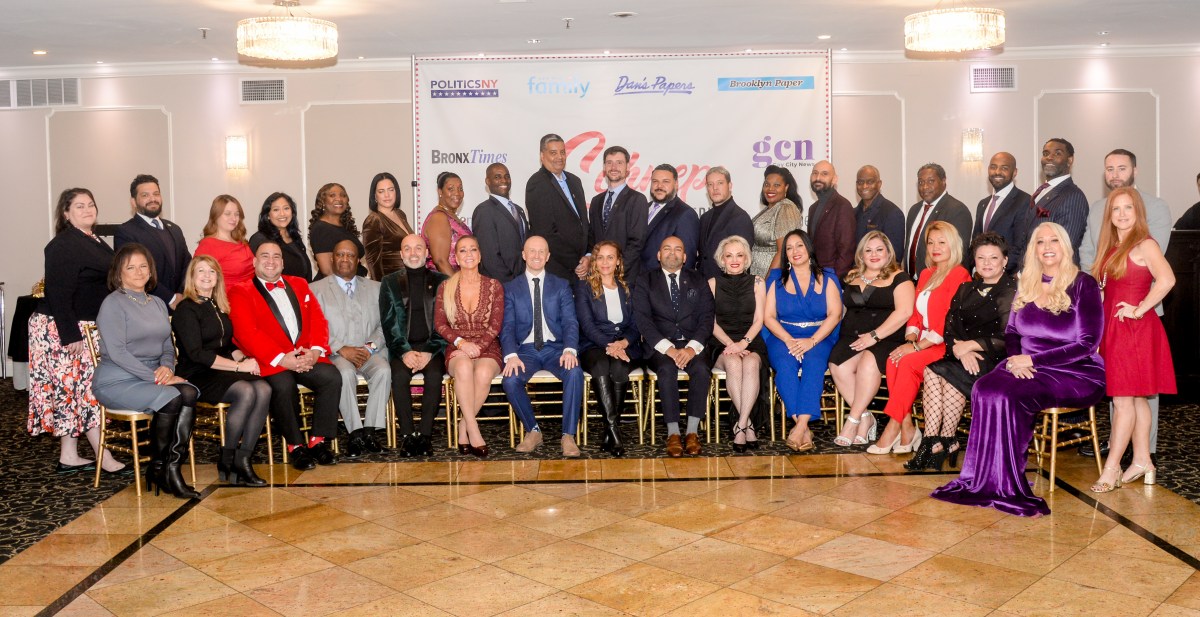The namesake of Wilmer Jennings Gallery in the East Village is one of the 36 African American artists showing at the gallery in an extraordinary exhibition ending Feb. 25.
The historical “Middle-Day Landlight: Black Viewpoints 1856-2006” surveys 150 years of paintings, drawings and prints.
Jennings’ 1940 painting, chronologically the midpoint of the exhibition, is entitled Eddy Street, (Providence, Rhode Island) and reflects the industrial age along with James L. Wells woodcut of the Brooklyn Bridge, Allan Freelon’s aquatint of Philadelphia’s Elverson Building and William E. Smith’s linoprint Leaning Chimneys suggesting the grim conditions of industrialized cities, north or south.
The exhibition is an effort to identify and trace connections, traditions and influences in the works created by the exhibiting artists spanning from before the end of slavery to the present.
In memorializing a location significant during the period of slavery, 19th century artist Henry Ossawa Tanner’s landscape Rainbow Falls echoes the escape from slavery and the Underground Railroad.
Edward Bannister’s Providence River and Dory man identifies notorious slave ports such as Indian Point where barrels of rum were produced for sale or trade in West Africa in exchange for captive Africans, part of the trade route, which included molasses from the West Indies.
Edward Mitchell Bannister’s Old North Bridge makes reference to poet Henry Watsworth Longfellow, active supporter of the abolitionist cause and author of “Midnight Ride of Paul Revere.”
The exhibition is filled with landscapes, especially in the early artists. Later artists include a narrative quality in their ruralscape: Joe Overstreet revisits Goree Island (1993) in his watercolor; Yolene Legrand uses pastels for ruins of the Slave Hospital on the Retreat Plantation at St. Simons.
The exhibition artists documented working locations, cotton farming, the Chicago waterfront or a fishing village from the era of the Black whalers. Some mark the great migration from the south; others were inspired when the artists lived in France. Some early 20th century artists were employed by the Federal works Project including William Jennings, who is also the father of the gallery owner. The works are as varied as the history of art with varying techniques and styles but all connect to themes significant in African American history and culture.
Compositional elements in the works “qualify as symbolic visual language” writes gallery director Corrine Jennings. “The time of day, the type of water…. all represent freedom and the course of life.”
“This is a ‘must see’ show says participating artist,” Yolene Legrand. “It brought to my attention so many details and aspects of Black history through art that I was not aware of.”
The National Conference of Artists New York Conference is holding its reception with an exhibition closing reception at the Gallery, 214 E. 2nd St. at Avenue B, on Saturday, Feb. 25, 2012, 6:00 p.m. – 9:00 p.m.

Photos by Tequila Minsky






















